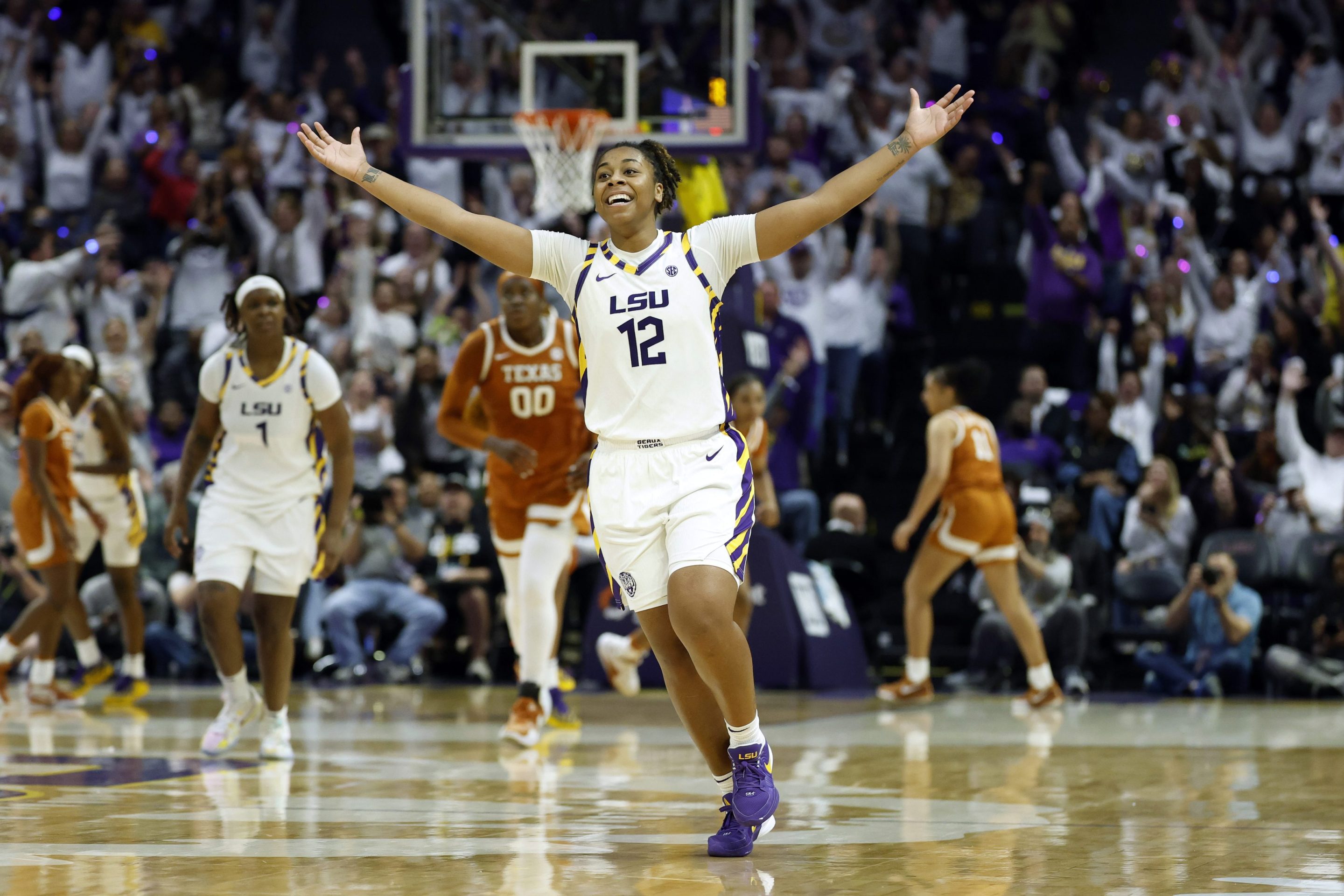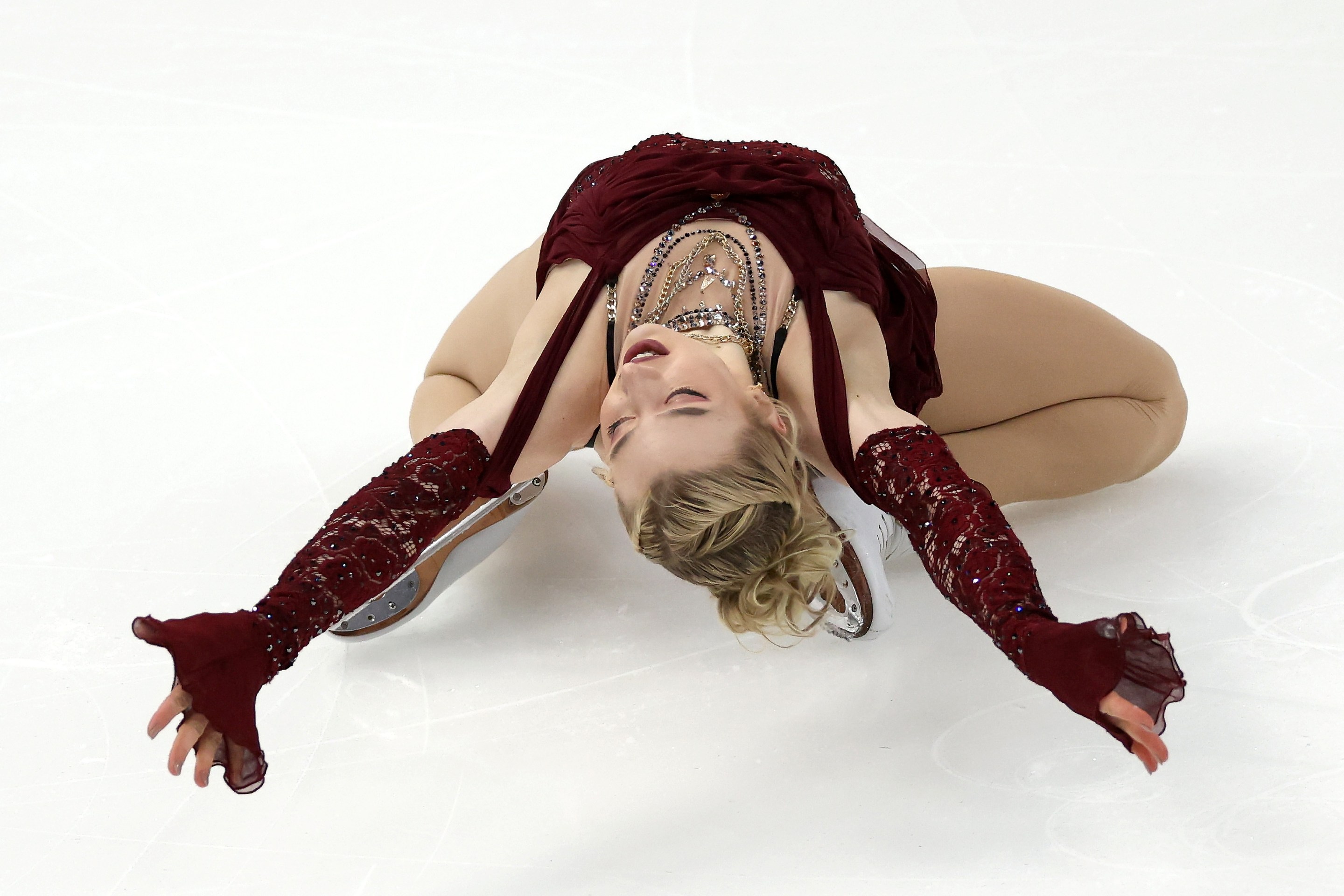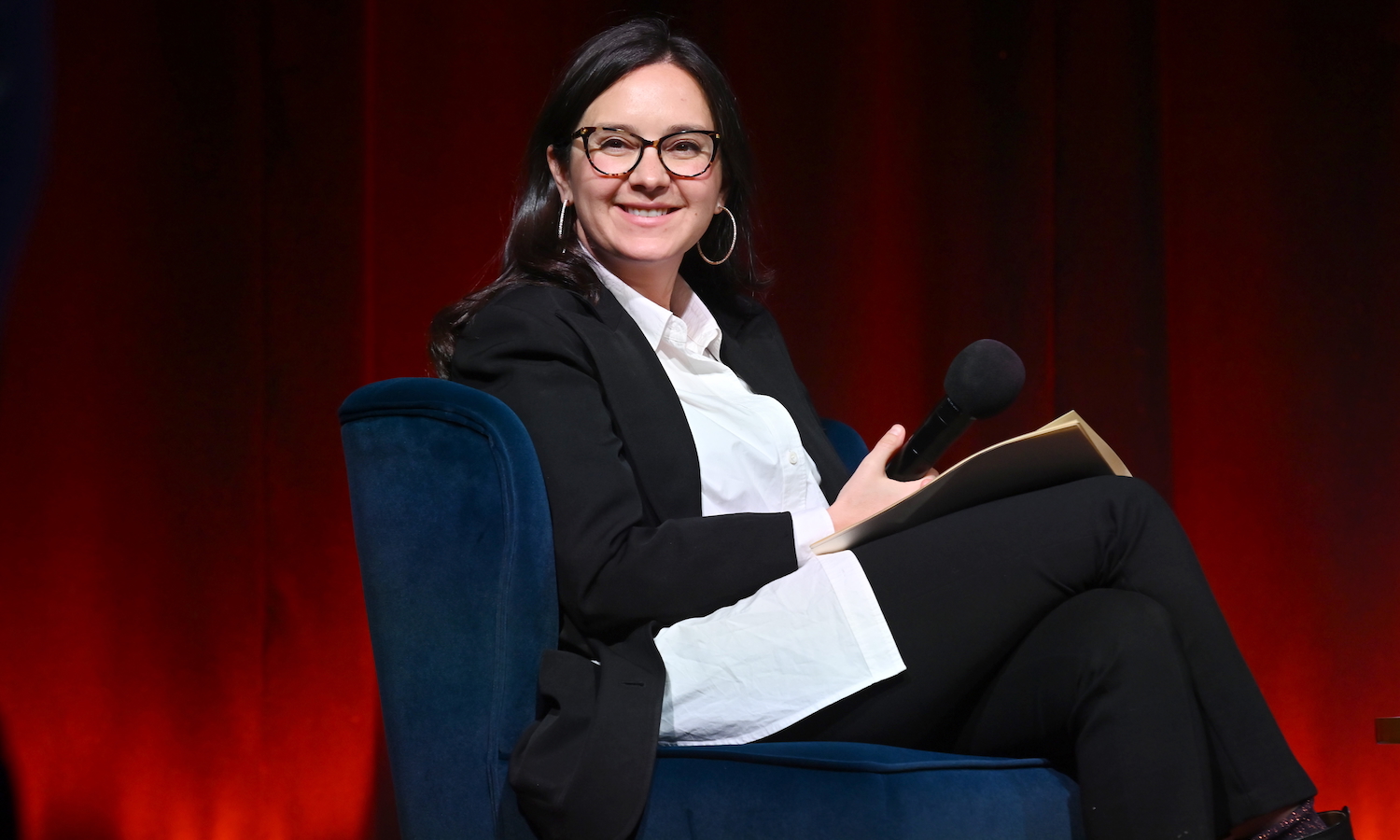The 2021–22 Premier League season has been a good one, even if it hasn't played out exactly as expected. What was on its way toward being a legendarily intense three-team battle for the title lost one of its combatants around the turn of the year, after two of Cheslea's schematically crucial players, Ben Chilwell and Reece James, got injured. The undercard was supposed to be a similarly dogged fight for the fourth and final Champions League place, which both has and hasn't come to fruition. Yes, there are presently four teams duking it out for that spot, but between rounds all the teams seem to spin in circles to the point of near vomitous dizziness before stepping back into the ring. That's to say, there have been few landed blows, and many landings on one's own ass.
Ironically, the club that looks to have found its footing at the perfect time is one with a long history of ill-timed pratfalls. That's right: if you had to pick a favorite for fourth right now, you'd probably have to go with Arsenal.
Arsenal's 3–2 win over Watford on Sunday was more proof of how well things are going, which could be seen most clearly in the goals themselves. Watford winger Cucho Hernández may have scored the most spectacular strike of the match with a bicycle kick, but it might not have been the best goal overall. When Arsenal is really flowing, they are capable of achieving moments of true genius.
The Gunners' first goal of the match was the coolest, and the most indicative of who and what makes the team so good right now. It came from a gorgeous interplay between Bukayo Saka and Martin Odegaard, the two players who really make Arsenal run.
Though still only 20 years old, Saka has already seized the reins as the best player at a club of Arsenal's caliber. Now totally embedded on the right wing, he is able to unleash the full fury of his talents. His area of influence is not restrained only to the right flank, either—rather, it encompasses the entire pitch. The mere implication of his speed stretches defenses high and wide even when he's out by the touchline at a standstill. His ability to dribble inside and outside, and to create danger in both scenarios, constantly puts defenders in lose-lose positions. He can cross, he can create, he can shoot, and he can combine quickly and accurately with only a touch or two, which makes him nearly unstoppable wherever he wanders. And he demonstrated it all on Sunday. Saka assisted Odegaard's game-opening goal with a quick combination before pushing down the right wing and cutting a pass back inside to the Norwegian. He also scored one of his own later with a smart give-and-go at the crown of the penalty area and a bashed shot that flew into the top corner.
With eight goals and five assists on the season, Saka is Arsenal's most productive player. Driving those performances and that production is an unmistakable self-confidence in his abilities and his position of prominence. This self-confidence is what went largely overlooked amidst the hullabaloo about his failed penalty in last summer's European Championship final. The telling part of that ordeal wasn't that he didn't score his penalty, but that he had the gumption to take it in the first place. To raise his hand and ask to participate in what could very well prove to be the biggest moment of his entire career, to then step up to the spot and take a totally adequate penalty that the keeper just so happened to save, and to rebound from that crushing failure with a sensational club season, all before the age of 21, says a lot about how deep his well of confidence and determination runs. If he's the one driving Arsenal forward, there's no telling where he'll be able to take them.
Joining Saka in ascendency on Sunday and throughout Arsenal's stretch of great form, which has seen the Gunners win eight of their last 10 league matches, is Odegaard. If it's Saka who makes Arsenal go, it's Odegaard who charts the path. So much the team's danger passes directly through his boots. His ability as a creative passer has been evident for years now, and during his original half-season on loan last year he proved that that talent could translate to the Premier League. For the early part of this season, however, Odegaard wasn't quite as sharp and influential as one might've hoped. But after a small tactical tweak by manager Mikel Arteta, Odegaard and is once again flying.
Arteta's change involved inverting his usual central midfield triangle. Instead of a 2-1 in the middle of a 4-2-3-1 formation, with Thomas Partey and Granit Xhaka at the base of play and Odegaard in front and between the lines, Arsenal now more often plays with a 1-2 midfield with Partey at the base and both Xhaka and Odegaard in front. The tweak has been a boon for everyone. As the lone deep midfielder, Partey has been great directing traffic at the start of the team's build-ups with his passing range and reading of the game. Playing a little further forward and wider than normal, Xhaka has been able to maximize the use of his strongest asset, his long passing, with raking switches of play, upon which Saka especially has feasted.
And as no longer the only threat between the lines—accompanying him are Xhaka and also Alexandre Lacazette, who tends to play more of a support role in front of the opposing center backs—Odegaard gets more room to play with less defensive surveillance, more passing options to find, and more time to size up the field visually before receiving the ball, which helps him think and act faster and more lethally. Plus, playing Odegaard as more of a right-sided no. 8 than a central no. 10 keeps him closer to Saka, and that duo has become the team's strongest synergy and most consistent source of attacking threat. The way the two read each other's movements—drifting in and out in effortless coordination, sensing where the other wants to go and either getting the ball to him or dragging a defender away to make room—has been a thing of beauty.
And Saka and Odegaard aren't the only two who Arteta is getting the best out of. In the aforementioned support role, Lacazette is thriving as a facilitator, compensating his relatively unremarkable scoring ability with his elite association play. Gabriel Martinelli has been a perfect compliment for Laca's support focus by providing Arsenal's attack some fangs from the left wing. Partey has finally become what he was expected to be when signing: one of the best holding midfielders in the league. Gabriel Magalhães and Benjamin White have developed into a quality center back pairing, especially in possession. And that's all before touching on leading scorer Emile Smith-Rowe, who is probably just as exciting a talent as Saka and Odegaard. The team is simply brimming with talented, young, fun players, and has a manager who so far appears capable of helping them grow into a great team. Sunday's win sent Arsenal into fourth in the league table, one and two points above Manchester United and West Ham, respectively, and with three games in hand on both. Coming into the home stretch, no one is better placed to lay claim to that spot than them.
Now, we've come to the part of the blog where I am supposed to declare whether or not Arsenal is "back." But going "back" is impossible. The Arsenal of Arsène Wenger's golden years existed in a far different Premier League, and the current league's depth of talent and money essentially precludes any club of Arsenal's stature from attaining what the Gunners once had: a reliable spot in the Champions League and a realistic chance at a title chase if things broke right. When even Manchester United finds it impossible to realize a present equal to its past, Arsenal can never assume to regain its lost position.
But is the only "return" of any value found in a number on a table? It doesn't have to be. Put it this way: The hallmark of Wenger's teams was an uncanny understanding the players shared amongst one another, revealed best in their fluid attacking play and their exquisite, elaborate team goals. His Arsenal was a club of cool young players, many of them homegrown, who were given roles that maximized their own talents while also amplifying the talents of their teammates. That was the essence of the best Arsenal of the past, and it is what built the culture that defined what it meant to watch and to root for the club. Regardless of how many more clubs in England now have more money than Arsenal, that essence is something that could be recovered. And you might even say that the club already has.






